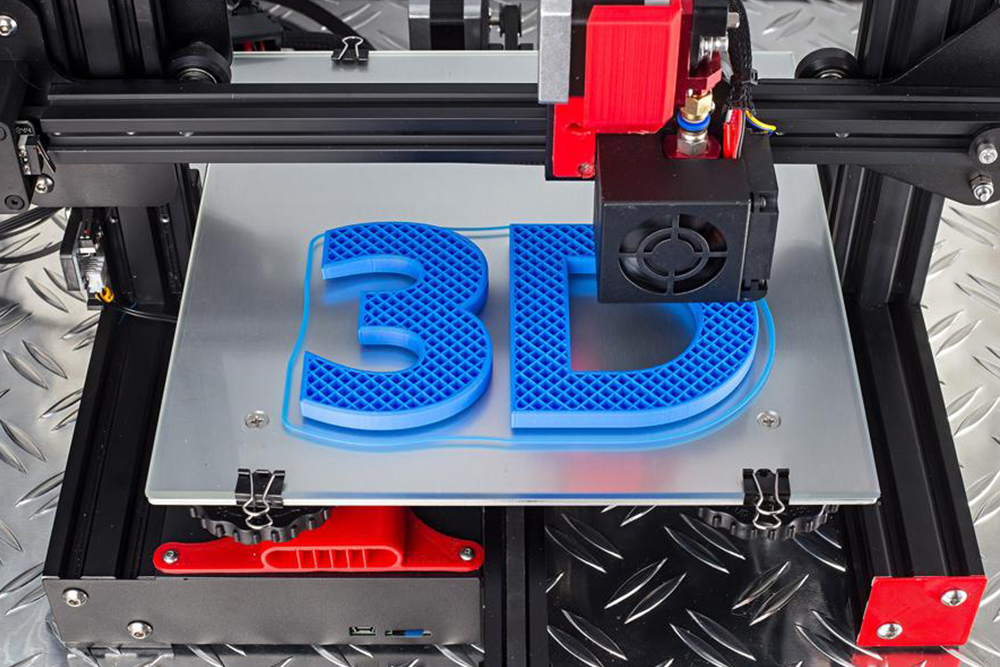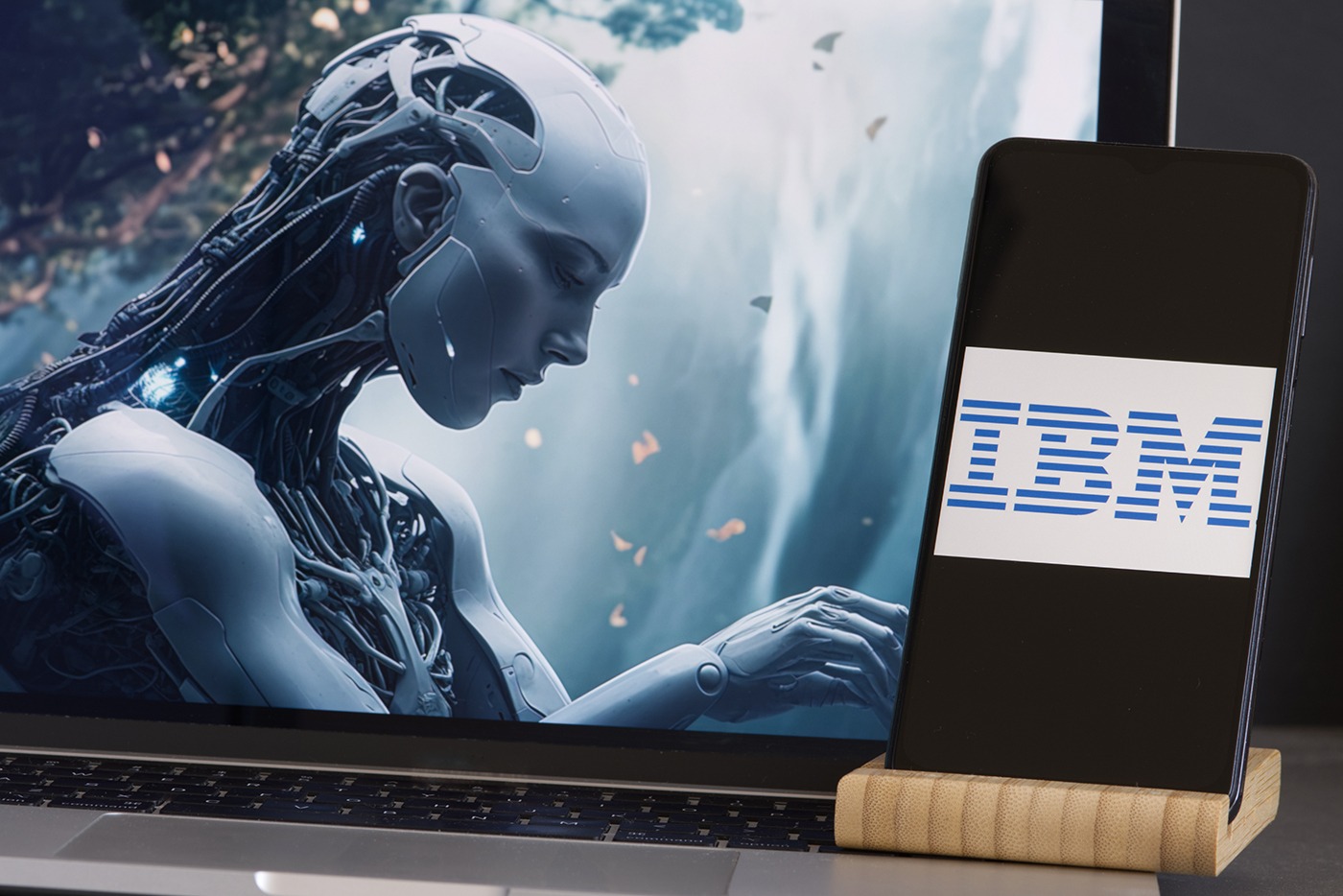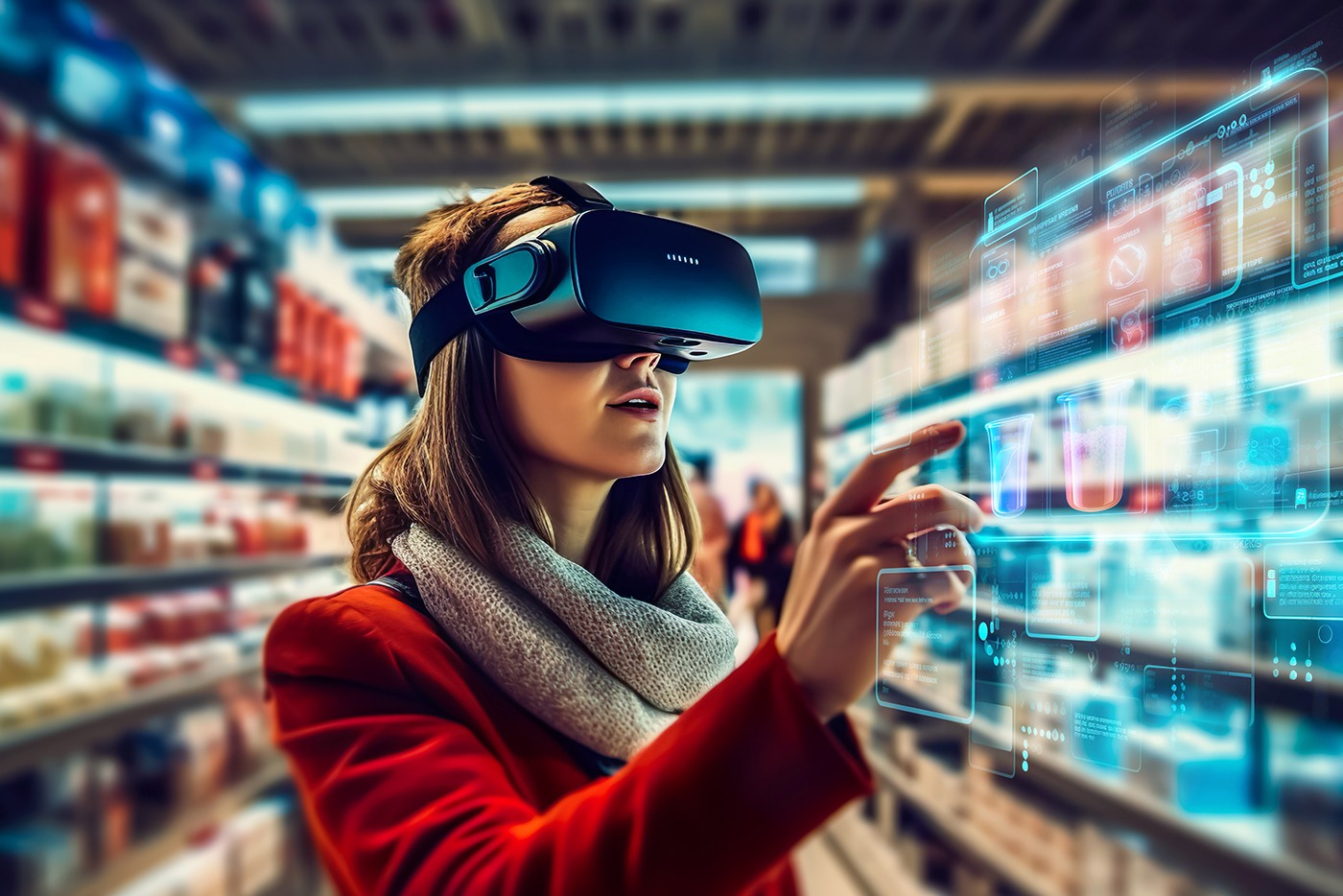What Can 3D Printing Be Used For? Here Are 10 Amazing Examples
2 July 2021
It may seem distinctly low-tech compared to some of the many technology trends I write about, but 3D and 4D printing will have very wide applications – and could be particularly powerful when combined with other trends like mass personalisation. In this article, I look at some of the surprising things that can now be created with 3D printers.

How does 3D printing work?
3D printing (also known as “additive manufacturing”) involves creating a 3D object from a digital file, building it up layer by layer. So, if you were to slice a finished 3D printed object open, you’d be able to see each of the thin layers, a bit like rings in a tree trunk.
Before printing anything, you need a 3D model of the object you’re trying to create. The computer model is then “sliced,” essentially dividing it into hundreds (or potentially thousands) of layers. This information is fed to the 3D printer, and, hey presto, it prints the object slice by slice.
The main benefit of this approach is that even complex shapes can be created much more easily, and using less materials than traditional manufacturing methods (which is good for the environment and the bottom line). Transport needs are reduced, since parts and products can be printed on-site. And one-off items can be made quickly and easily, without worrying about economies of scale – which could be a game-changer for rapid prototyping, custom manufacturing, and creating highly personalised products. What’s more, the materials used for 3D printing can be pretty much anything: plastic, obviously, but also metal, powder, concrete, liquid, even chocolate.
How does 4D printing differ?
4D printing is the same as 3D printing, but with a twist – namely, a built-in ability for the printed object to transform itself. In other words, the object being created can be programmed to change its shape when prompted by certain triggers, such as water or heat. For example, a storage carton could flatten itself, or a structure could repair itself after weather damage. Essentially, 4D printing is the cutting edge of additive manufacturing, which means it’s still very much in the experimental stage.
Amazing examples of 3D and 4D printing in action
As you can probably imagine, 3D and 4D printing have the potential to transform manufacturing. But these technologies have much wider applications beyond manufacturing settings – and many of these applications might surprise you. Here are some unexpected items that can now be successfully printed.
1. Bones and muscles
At the Wake Forest Institute for Regenerative Medicine, researchers have been able to print bones, muscles, and ears – a process known as bioprinting – and implant them successfully into animals. What’s really exciting is the printed tissue survived after being implanted and became functional tissue.
2. Ovaries
Overcoming infertility is often a long, painful, and expensive process. But one pioneering experiment gives hope that we might see an innovative new treatment approach in the future. At the Northwestern University Feinberg School of Medicine in Chicago, a mouse was implanted with synthetic, printed ovaries. The mouse went on to give birth to healthy babies.
3. Pastries
Ukrainian architect-turned-pastry-chef Dinara Kasko has made a name for herself on Instagram by posting pictures of her striking geometric 3D printed pastries. And Kasko isn’t the only one printing food…
4. Pizza
The Foodini 3D food printer, made by Natural Machines, is designed to create personalised printed food. It can print pizza, bean burgers, and a range of healthier options using edible ingredients.
5. Buildings
Russian startup Apis Cour is able to 3D print a modest house in just 24 hours, and save up to 40 percent on construction costs. The mobile printer lays down layers of a concrete mixture to build up the walls, then, once the printer is removed, insulation, windows, and a roof are added. And because Apis Cour’s printing devices are mobile, houses can be printed on-site rather than in a factory.
6. A boat
The University of Maine set a Guinness World Record when it 3D printed the largest boat ever printed – a 25-foot, 5,000-pound boat called 3Dirigo. The supersize printer used to create the boat is able to print objects up to 100 feet long and 22 feet wide.
7. A kayak
Proving that you don’t need an industrial kit to create impressive 3D printed objects, Jim Smith of Grass Roots Engineering created a full-size kayak on a home printer over the course of 42 days. Fully watertight and working, the colourful kayak took around $500 worth of materials to make.
8. Artwork for the blind
3D printing is even being used to give blind art lovers the ability to appreciate classic paintings, by turning those paintings into 3D printed sculptures.
9. Yourself (in miniature)
Thanks to startup company Beheld’s 3D printing technology, you can create a mini figurine of yourself. The perfect gift for loved ones? Sure.
10. Shape memory materials
4D printing is certainly less common than 3D printing, but one example shows how it could be used in the future. Researchers at the Lawrence Livermore National Laboratory have printed silicone material that is flexible and can adapt itself when heat is applied. This could, for example, be used to create truly customisable, form-fitting shoes that adapt to the wearer’s feet.
Related Articles
How Data And AI Are Reshaping Contemporary HR Practices
The world of human resources (HR) stands on the precipice of an exciting era powered by data and AI.[...]
Business Leadership In The AI Era – IBM’s AI Academy
Remember when the internet was new? Or if you’re a little older, when computers were new? Imagine being able to relive those days, with the benefit of hindsight – having the chance to build your business into the first Google, Facebook or Amazon.[...]
The Top 5 Artificial Intelligence (AI) Trends For 2024
Today, we're diving deeper into the five most significant AI trends set to reshape our world in 2024.[...]
The 10 Most Important Customer Experience (CX) Trends In 2024
Good sales and marketing, quality control, pricing, customer service and after-sales all help businesses to generate sales.[...]
From Digital Gucci To Blockchain Supply Chains: Retail’s Web3 Revolution
From the early days of online shopping to the rise of influencer marketing, there’s no doubt the internet has revolutionized how we shop and make purchasing decisions.[...]
Generative AI: The Secret Weapon Of Successful CEOs
Remember how amazed we were when ChatGPT made its debut just a year ago? Well, as we’ve since learned, that was only the beginning.[...]
Sign up to Stay in Touch!
Bernard Marr is a world-renowned futurist, influencer and thought leader in the fields of business and technology, with a passion for using technology for the good of humanity.
He is a best-selling author of over 20 books, writes a regular column for Forbes and advises and coaches many of the world’s best-known organisations.
He has a combined following of 4 million people across his social media channels and newsletters and was ranked by LinkedIn as one of the top 5 business influencers in the world.
Bernard’s latest book is ‘Generative AI in Practice’.










Social Media